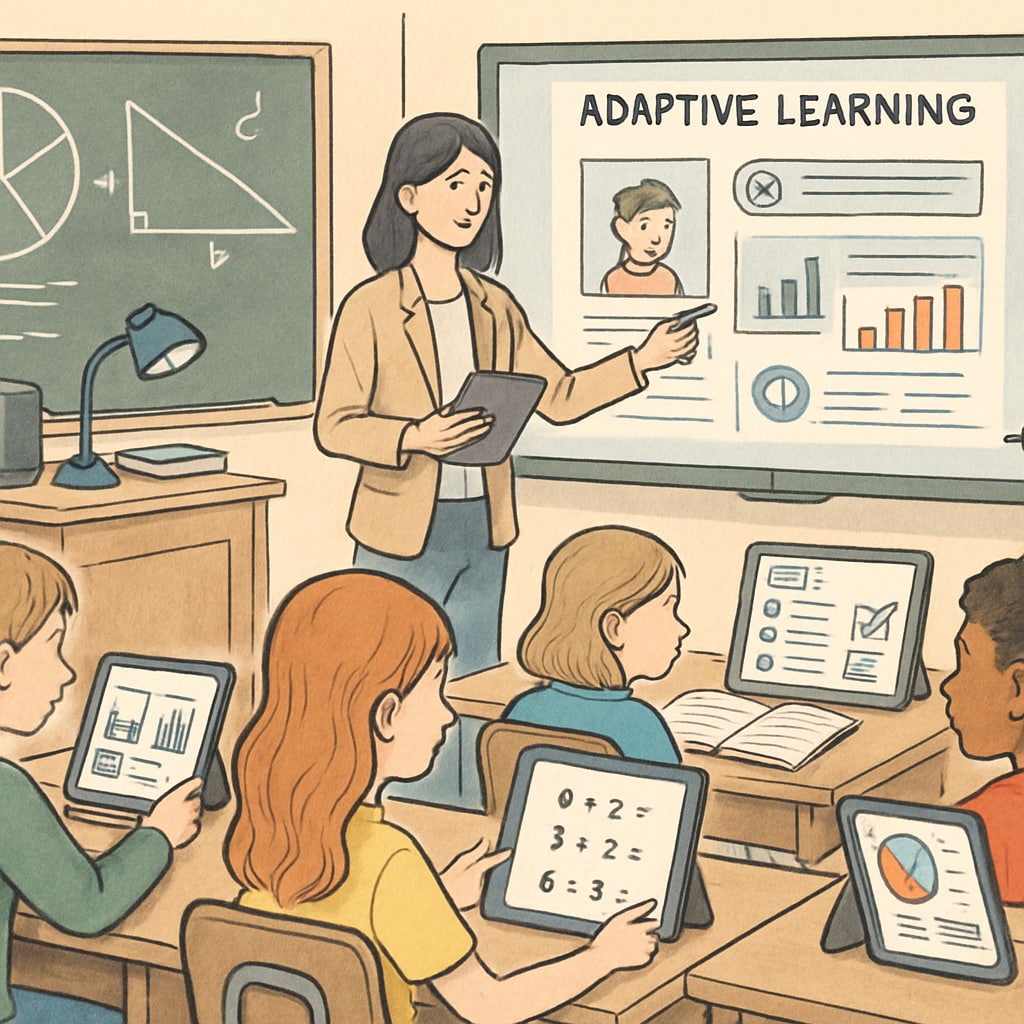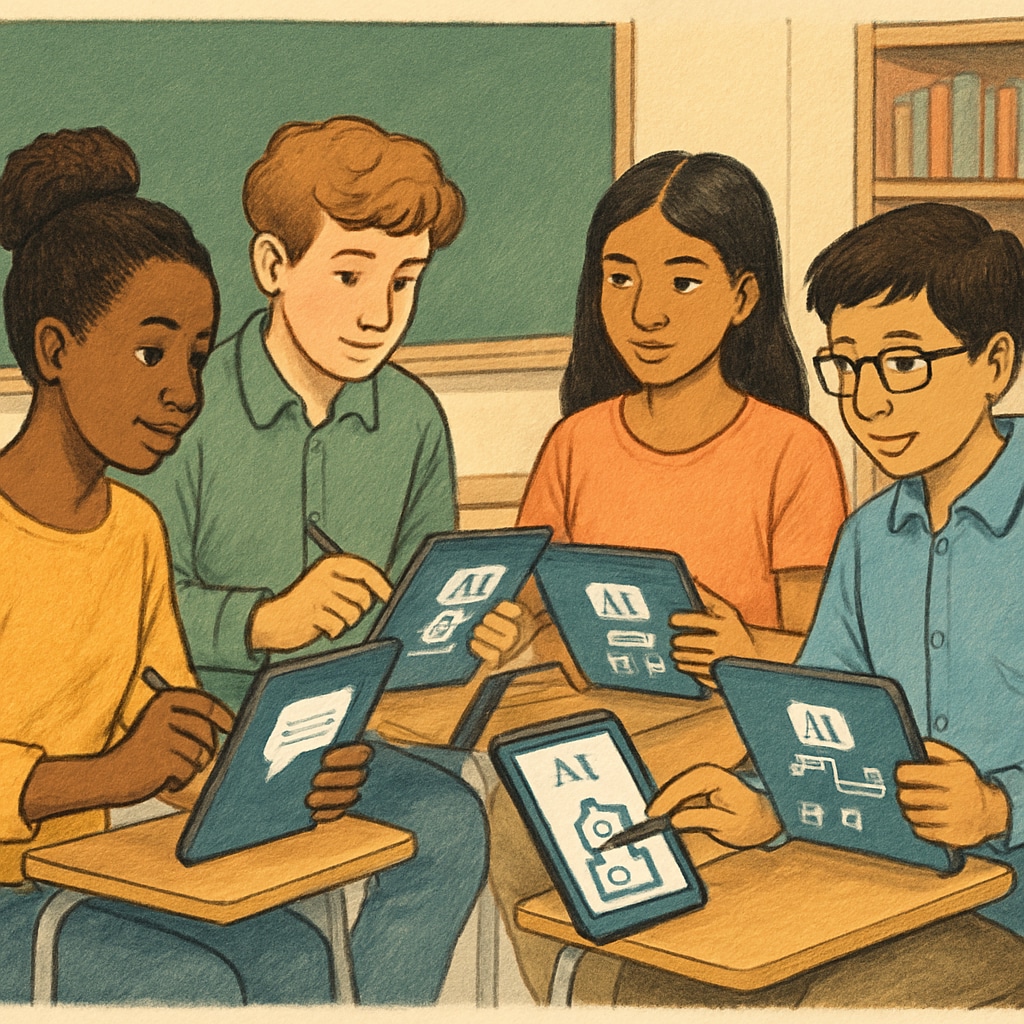Artificial intelligence (AI) is reshaping the landscape of education, heralding a new era of transformation in K12 learning. From personalized learning experiences to evolving teacher roles, AI-driven education trends are set to redefine how knowledge is imparted and absorbed. As we approach 2030, understanding the current applications of AI in education and preparing for the future is crucial for educators, policymakers, and learners alike.
How AI is Revolutionizing K12 Education
AI has already started making substantial impacts in the K12 education sector, paving the way for groundbreaking innovations. One of the most notable shifts is the rise of personalized learning, where AI-powered tools analyze the strengths, weaknesses, and preferences of individual students to create customized educational experiences. These systems can adapt in real-time, offering tailored lesson plans, quizzes, and feedback.
- Adaptive Learning Platforms: Platforms like DreamBox and Khan Academy utilize AI algorithms to adjust content based on students’ progress.
- AI Tutors: Virtual assistants such as ChatGPT provide instant support to learners, answering questions and offering explanations.
- Data-Driven Insights: AI helps educators track student performance more effectively, enabling data-informed decision-making.
In addition to improving student outcomes, AI is also automating administrative tasks for teachers, freeing up time for more meaningful interactions with students. For example, grading essays, managing attendance, and generating lesson reports have become significantly streamlined with AI integration.

Opportunities and Challenges in AI-Driven Education Transformation
While AI offers immense opportunities, its integration into K12 education also presents challenges. Educators and policymakers need to address ethical concerns regarding data privacy and the potential for algorithmic bias in AI systems. Moreover, equitable access to AI-powered education tools remains a pressing issue, especially in underprivileged communities.
Despite these challenges, the benefits outweigh the risks. AI has the potential to bridge gaps in education, providing quality resources to students who might otherwise miss out. For example:
- Global Accessibility: AI tools can bring education to remote areas through online platforms.
- Inclusive Learning: AI can support students with disabilities by offering assistive technologies such as speech-to-text tools.
- Teacher Empowerment: By automating routine tasks, teachers can focus more on pedagogy and mentorship.
As a result, AI-driven education trends will likely see exponential growth by 2030, with investments in AI education technologies expected to surpass billions globally.

Preparing for the AI-Driven Future of Education
To ensure a smooth transition to AI-driven education by 2030, educators must adopt proactive strategies. Here are some recommendations:
- Invest in AI Training: Schools should provide professional development programs to train teachers in AI-related technologies.
- Foster Collaboration: Encourage collaboration between tech developers, educators, and policymakers to design ethical and effective AI solutions.
- Promote Digital Literacy: Equip students with the skills to navigate AI tools responsibly and critically.
- Focus on Equity: Ensure all students have access to AI-powered tools, regardless of socioeconomic status.
In addition, ongoing evaluations of AI implementations will be vital to refine systems, minimize risks, and maximize benefits. Educators must prioritize transparency and accountability, ensuring that AI serves as a tool for empowerment rather than control.
As AI continues to evolve, its transformative impact on education will undoubtedly expand. By embracing this change, we can unlock new possibilities for K12 learning and create a future where education is inclusive, efficient, and tailored to every learner’s needs.
For more information on the role of AI in education, visit Artificial Intelligence in Education on Wikipedia or explore Artificial Intelligence on Britannica.


